Cristina M Acevedo
age ~49
from Greer, SC
- Also known as:
-
- Christina M Acevedo
- Cristina M Ocevedo
- Acevedo Acevedo
- Christina Torres
- Phone and address:
- 204 Sunnybrook Ln, Greer, SC 29650
Cristina Acevedo Phones & Addresses
- 204 Sunnybrook Ln, Greer, SC 29650
- West Lafayette, IN
- Boiling Springs, SC
- W Lafayette, IN
- Naperville, IL
Resumes

Cristina Acevedo
view source
Cristina Acevedo
view source
Cristina Perez Acevedo
view sourceUs Patents
-
Thermoplastic Polymer Composition
view source -
US Patent:20110092625, Apr 21, 2011
-
Filed:Oct 20, 2010
-
Appl. No.:12/908114
-
Inventors:Jiannong Xu - Greer SC, US
Jiang Li - Spartanburg SC, US
Cristina M. Acevedo - Boiling Springs SC, US
Robbie Willem Johan M. Hanssen - Boiling Springs SC, US
Darin L. Dotson - Moore SC, US
Daike Wang - Greer SC, US
Scott R. Trenor - Greenville SC, US -
International Classification:C08K 5/42
-
US Classification:524160, 524161
-
Abstract:A thermoplastic polymer composition comprises a thermoplastic polymer and a nucleating agent. The nucleating agent comprises a compound conforming to the structure of Formula (I), Formula (II), or Formula (III)
-
Multi-Layer Wound Care Device Having Absorption And Fluid Transfer Properties
view source -
US Patent:20220273495, Sep 1, 2022
-
Filed:May 18, 2022
-
Appl. No.:17/747480
-
Inventors:- Spartanburg SC, US
Matthew I. Foote - Spartanburg SC, US
Cristina M. Acevedo - Greer SC, US
Geoffrey R. Haas - Spartanburg SC, US -
International Classification:A61F 13/00
A61L 15/20
A61L 15/44 -
Abstract:This disclosure relates to a multi-layer wound care device having absorption and fluid transfer properties. The wound care device contains capillary force one-way pumps that are capable of transporting fluid, such as wound exudate, away from a wound site to the opposite side of the wound care device, which functions as a segregated fluid reservoir. This fluid transport mechanism generally aids in reducing wound maceration by removing excess wound fluid and the protease enzymes and infectious bacteria contained within the wound fluid. The wound care device performs this function, often times for multiple days, without the loss of the physical integrity of the wound care device. In addition to providing a uni-directional fluid transport mechanism, the wound care device provides improved absorption properties.
-
Wound Care Device Having Fluid Transfer And Adhesive Properties
view source -
US Patent:20220265893, Aug 25, 2022
-
Filed:Feb 9, 2022
-
Appl. No.:17/667659
-
Inventors:- Spartanburg SC, US
Matthew I. Foote - Spartanburg SC, US
Gregory A. Satterfield - Pelzer SC, US
Rajib Mondal - Greer SC, US
Cristina M. Acevedo - Greer SC, US -
International Classification:A61L 15/58
A61F 13/00
A61L 15/22
A61L 15/44
A61F 13/02
A61L 15/18
A61L 15/24 -
Abstract:This disclosure relates to a wound care device which contains capillary force one-way pumps that are capable of transporting fluid, such as wound exudate, away from a wound site to the opposite side of the wound care device, which functions as a segregated fluid reservoir. This fluid transport mechanism generally aids in reducing wound maceration by removing excess wound fluid and the protease enzymes and infectious bacteria contained within the wound fluid. The wound care device performs this function, often times for multiple days, without the loss of the physical integrity of the wound care device. In addition to providing a uni-directional fluid transport mechanism, the wound care device contains a perforated adhesive layer.
-
Stain Hiding Fabric With Metallic Coating
view source -
US Patent:20220259723, Aug 18, 2022
-
Filed:May 5, 2022
-
Appl. No.:17/737313
-
Inventors:- Spartanburg SC, US
Matthew I. Foote - Spartanburg SC, US
Cristina M. Acevedo - Greer SC, US
Geoffrey R. Haas - Spartanburg SC, US -
International Classification:C23C 16/06
C23C 16/50
D04B 1/16
D06M 16/00
D06M 23/06
D06M 11/83 -
Abstract:This invention relates to a method for hiding stains in medical dressings and other textile substrates. The method includes applying a metallic silver coating to a textile substrate via a plasma enhanced chemical vapor deposition (PECVP) process. The metallic silver coating effectively hides any stain that comes into direct contact with the treated substrate by transferring the liquid beneath the surface of the coating. The invention also relates to textile substrates containing metallic silver coatings.
-
Wound Care Device Having Fluid Transfer And Adhesive Properties
view source -
US Patent:20220184269, Jun 16, 2022
-
Filed:Mar 4, 2022
-
Appl. No.:17/686597
-
Inventors:- Spartanburg SC, US
Matthew I. Foote - Spartanburg SC, US
Gregory A. Satterfield - Pelzer SC, US
Rajib Mondal - Greer SC, US
Cristina M. Acevedo - Greer SC, US -
International Classification:A61L 15/58
A61L 15/18
A61L 15/44
A61F 13/00
A61F 13/02 -
Abstract:This disclosure relates to a wound care device which contains capillary force one-way pumps that are capable of transporting fluid, such as wound exudate, away from a wound site to the opposite side of the wound care device, which functions as a segregated fluid reservoir. This fluid transport mechanism generally aids in reducing wound maceration by removing excess wound fluid and the protease enzymes and infectious bacteria contained within the wound fluid. The wound care device performs this function, often times for multiple days, without the loss of the physical integrity of the wound care device. In addition to providing a uni-directional fluid transport mechanism, the wound care device contains a perforated adhesive layer.
-
Stain Hiding Fabric With Metallic Coating
view source -
US Patent:20200370171, Nov 26, 2020
-
Filed:Apr 19, 2020
-
Appl. No.:16/852485
-
Inventors:- Spartanburg SC, US
Matthew I. Foote - Spartanburg SC, US
Cristina M. Acevedo - Greer SC, US
Geoffrey R. Haas - Spartanburg SC, US -
International Classification:C23C 16/06
D04B 1/16
C23C 16/50 -
Abstract:This invention relates to a method for hiding stains in medical dressings and other textile substrates. The method includes applying a metallic silver coating to a textile substrate via a plasma enhanced chemical vapor deposition (PECVP) process. The metallic silver coating effectively hides any stain that comes into direct contact with the treated substrate by transferring the liquid beneath the surface of the coating. The invention also relates to textile substrates containing metallic silver coatings.
-
Multi-Layer Wound Care Device Having Absorption And Fluid Transfer Properties
view source -
US Patent:20200000640, Jan 2, 2020
-
Filed:Jun 17, 2019
-
Appl. No.:16/442594
-
Inventors:- Spartanburg SC, US
Matthew I. Foote - Spartanburg SC, US
Cristina M. Acevedo - Greer SC, US
Geoffrey R. Haas - Spartanburg SC, US -
International Classification:A61F 13/00
A61L 15/20
A61L 15/44 -
Abstract:This disclosure relates to a multi-layer wound care device having absorption and fluid transfer properties. The wound care device contains capillary force one-way pumps that are capable of transporting fluid, such as wound exudate, away from a wound site to the opposite side of the wound care device, which functions as a segregated fluid reservoir. This fluid transport mechanism generally aids in reducing wound maceration by removing excess wound fluid and the protease enzymes and infectious bacteria contained within the wound fluid. The wound care device performs this function, often times for multiple days, without the loss of the physical integrity of the wound care device. In addition to providing a uni-directional fluid transport mechanism, the wound care device provides improved absorption properties.
-
Wound Care Device Having Fluid Transfer And Adhesive Properties
view source -
US Patent:20190351094, Nov 21, 2019
-
Filed:May 17, 2019
-
Appl. No.:16/415051
-
Inventors:- Spartanburg SC, US
Matthew I. Foote - Spartanburg SC, US
Gregory A. Satterfield - Pelzer SC, US
Rajib Mondal - Greer SC, US
Cristina M. Acevedo - Greer SC, US -
International Classification:A61L 15/58
A61F 13/02
A61F 13/00
A61L 15/22
A61L 15/44
A61L 15/18
A61L 15/24 -
Abstract:This disclosure relates to a wound care device which contains capillary force one-way pumps that are capable of transporting fluid, such as wound exudate, away from a wound site to the opposite side of the wound care device, which functions as a segregated fluid reservoir. This fluid transport mechanism generally aids in reducing wound maceration by removing excess wound fluid and the protease enzymes and infectious bacteria contained within the wound fluid. The wound care device performs this function, often times for multiple days, without the loss of the physical integrity of the wound care device. In addition to providing a uni-directional fluid transport mechanism, the wound care device contains a perforated adhesive layer.
Googleplus
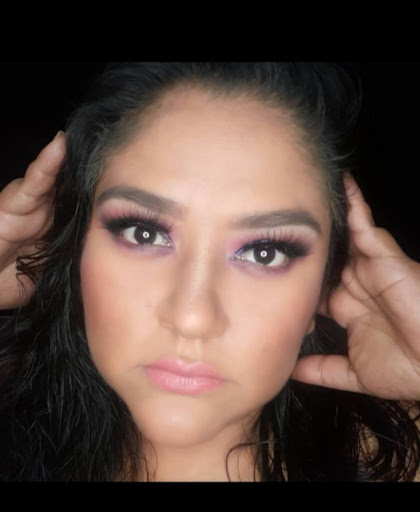
Cristina Acevedo
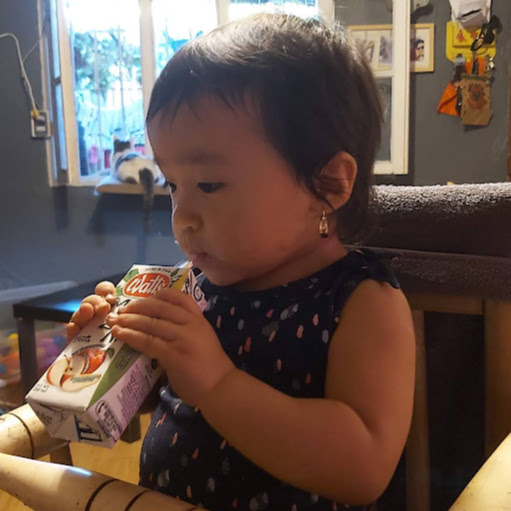
Cristina Acevedo

Cristina Acevedo

Cristina Acevedo
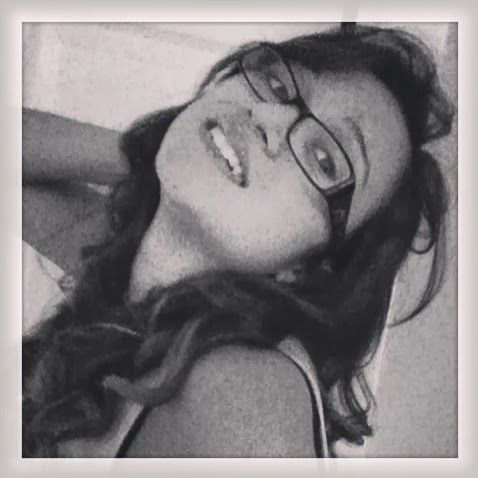
Cristina Acevedo

Cristina Acevedo
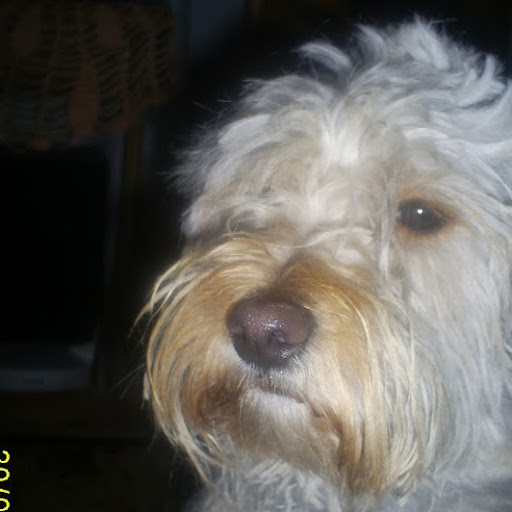
Cristina Acevedo

Cristina Acevedo

Cristina Acevedo
view source
Cristina Acevedo
view source
Cristina Acevedo
view source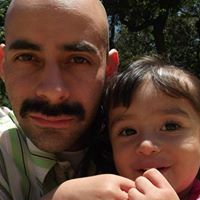
Cristina Acevedo
view source
Cristina Cintron Acevedo
view source
Cristina Arroyo Acevedo
view source
Cristina Acevedo
view source
Cristina Acevedo
view sourceClassmates

Cristina Martinez (Acevedo)
view sourceSchools:
Davis High School Davis CA 1993-1997
Community:
Jeffery Neves

Cristina Acevedo
view sourceSchools:
Cupey Ville High School Rio Piedras NJ 1986-1990
Community:
Charlotte Klingseisen, Jen Katsenios

Cristina Acevedo
view sourceSchools:
Colegio Adianez High School Guaynabo NJ 1990-1994

Cristina Cruz (Acevedo)
view sourceSchools:
Manhattan Village Academy New York NY 1994-1998
Community:
Tamara Cotto

Cristina Acevedo
view sourceSchools:
Central High School Springfield MA 1991-1995
Community:
Steve Bamber, Pamela Patterson, David Szpakowski, Eric Fraticelli, Crystal Kerr, Ellen Manley

St. John's Preparatory, S...
view sourceGraduates:
Adela Cristina Acevedo (1983-1997),
Ada Lisa Martorell (1978-1981),
Gina Stritzler (1959-1961)
Ada Lisa Martorell (1978-1981),
Gina Stritzler (1959-1961)

Cupey Ville High School, ...
view sourceGraduates:
Cristina Acevedo (1986-1990),
Maribet Rosado (1973-1987),
Esteban Ocasio (1970-1982),
Juan Molinari (1986-1991)
Maribet Rosado (1973-1987),
Esteban Ocasio (1970-1982),
Juan Molinari (1986-1991)

Colegio Adianez High Scho...
view sourceGraduates:
Cristina Acevedo (1990-1994),
Maria Sanquirico (1990-1994),
Andres Ortiz (1983-1987),
Manuel Martinez (1986-1990)
Maria Sanquirico (1990-1994),
Andres Ortiz (1983-1987),
Manuel Martinez (1986-1990)
Youtube
Myspace

Cristina Acevedo
view sourceLocality:
Un Mundo DnDe UsTeDeS No SoN BieNveNiDoS
Gender:
Female
Birthday:
1948
Flickr
Get Report for Cristina M Acevedo from Greer, SC, age ~49
















